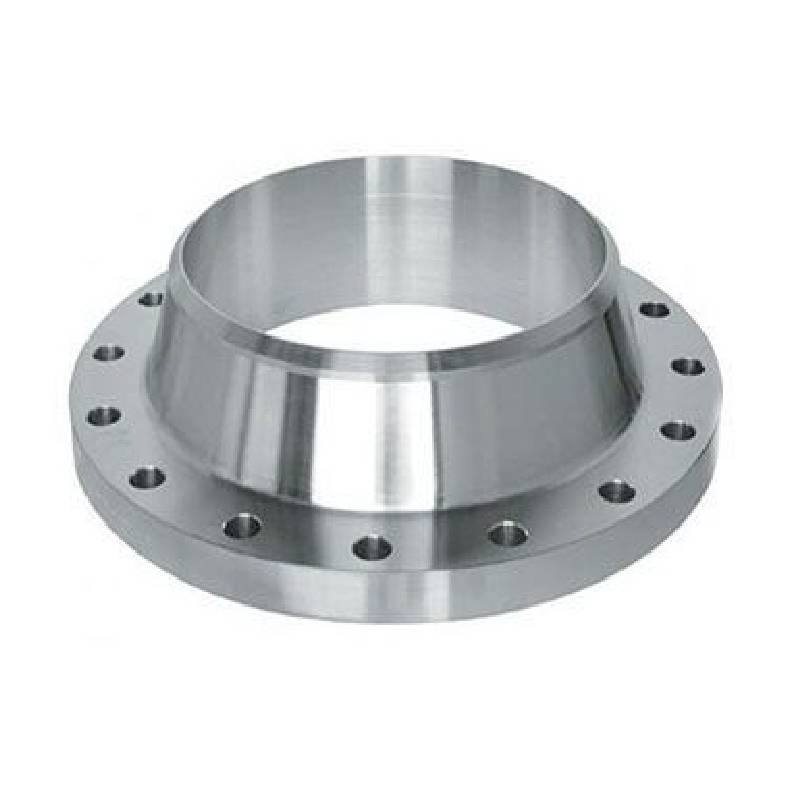-
Cangzhou Yulong Steel Co., Ltd.
-
Phone:
+86 13303177267 -
Email:
admin@ylsteelfittings.com
- English
- Arabic
- Italian
- Spanish
- Portuguese
- German
- kazakh
- Persian
- Greek
- French
- Russian
- Polish
- Thai
- Indonesian
- Vietnamese
- Zulu
- Korean
- Uzbek
- Hindi
- Serbian
- Malay
- Ukrainian
- Gujarati
- Haitian Creole
- hausa
- hawaiian
- Hebrew
- Miao
- Hungarian
- Icelandic
- igbo
- irish
- Japanese
- Javanese
- Kannada
- Khmer
- Rwandese
- Afrikaans
- Albanian
- Amharic
- Armenian
- Azerbaijani
- Basque
- Belarusian
- Bengali
- Bosnian
- Bulgarian
- Catalan
- Cebuano
- China
- China (Taiwan)
- Corsican
- Croatian
- Czech
- Danish
- Esperanto
- Estonian
- Finnish
- Frisian
- Galician
- Georgian
- Kurdish
- Kyrgyz
- Lao
- Latin
- Latvian
- Lithuanian
- Luxembourgish
- Macedonian
- Malgashi
- Malayalam
- Maltese
- Maori
- Marathi
- Mongolian
- Myanmar
- Nepali
- Norwegian
- Norwegian
- Occitan
- Pashto
- Dutch
- Punjabi
- Romanian
- Samoan
- Scottish Gaelic
- Sesotho
- Shona
- Sindhi
- Sinhala
- Slovak
- Slovenian
- Somali
- Sundanese
- Swahili
- Swedish
- Tagalog
- Tajik
- Tamil
- Tatar
- Telugu
- Turkish
- Turkmen
- Urdu
- Uighur
- Welsh
- Bantu
- Yiddish
- Yoruba

Nov . 22, 2024 11:33 Back to list
weld socket fittings
Understanding Weld Socket Fittings A Comprehensive Overview
Weld socket fittings are essential components in various piping systems, widely utilized across industries such as oil and gas, chemicals, and water treatment. These fittings play a crucial role in connecting pipes, ensuring the integrity and reliability of the flow systems. In this article, we will delve into what weld socket fittings are, their types, applications, and advantages.
What are Weld Socket Fittings?
Weld socket fittings are designed to facilitate the joining of pipes and tubes through welding. They have a socket end that allows the pipe to be inserted, creating a secure and robust connection once welded. The design of these fittings enables them to withstand high pressure and temperature, making them suitable for demanding applications.
Types of Weld Socket Fittings
Weld socket fittings come in various shapes and sizes, catering to different piping needs. The most common types include
1. Weld Socket Elbows These fittings allow for directional changes in piping systems, typically available in 90-degree and 45-degree angles.
2. Weld Socket Tees Often used to create branches in pipelines, socket tees enable the connection of three pipes at a single junction.
3. Weld Socket Reducers These fittings facilitate the transition between pipes of different diameters, ensuring a smooth flow and minimizing turbulence.
weld socket fittings

Applications
Weld socket fittings are employed in a myriad of applications, including
- Oil and Gas Industry Here, these fittings are crucial for pipeline construction and maintenance, ensuring safe transport of hydrocarbons.
- Chemical Processing The ability to withstand corrosive substances makes weld socket fittings ideal for chemical plants that handle aggressive media.
- Water Treatment Facilities These fittings are used to manage and treat water, providing a sturdy connection for various treatment technologies.
Advantages of Weld Socket Fittings
One of the primary advantages of weld socket fittings is their strength and durability. When properly welded, they create permanent joints that are less likely to leak compared to mechanical fittings. This permanence often leads to lower maintenance costs over time. Additionally, weld socket fittings can handle high pressures and temperatures, making them suitable for critical applications.
Moreover, these fittings are available in various materials such as stainless steel, carbon steel, and plastics, allowing for customization based on the specific requirements of the application. This versatility extends to different sizes and configurations, making it easier to design systems that meet unique operational demands.
In conclusion, weld socket fittings are integral to the integrity and efficiency of piping systems across various industries. Their robust construction, ability to handle extreme conditions, and versatility make them a preferred choice for engineers and system designers. Whether you are working in oil and gas, chemical processing, or water treatment, understanding the properties and applications of weld socket fittings can enhance your system design and operational reliability.
Latest news
-
ANSI 150P SS304 SO FLANGE
NewsFeb.14,2025
-
ASTM A333GR6 STEEL PIPE
NewsJan.20,2025
-
ANSI B16.5 WELDING NECK FLANGE
NewsJan.15,2026
-
ANSI B16.5 SLIP-ON FLANGE
NewsApr.19,2024
-
SABS 1123 FLANGE
NewsJan.15,2025
-
DIN86044 PLATE FLANGE
NewsApr.19,2024
-
DIN2527 BLIND FLANGE
NewsApr.12,2024
-
JIS B2311 Butt-Welding Fittings LR/SR 45°/90° /180°Seamless/Weld
NewsApr.23,2024











